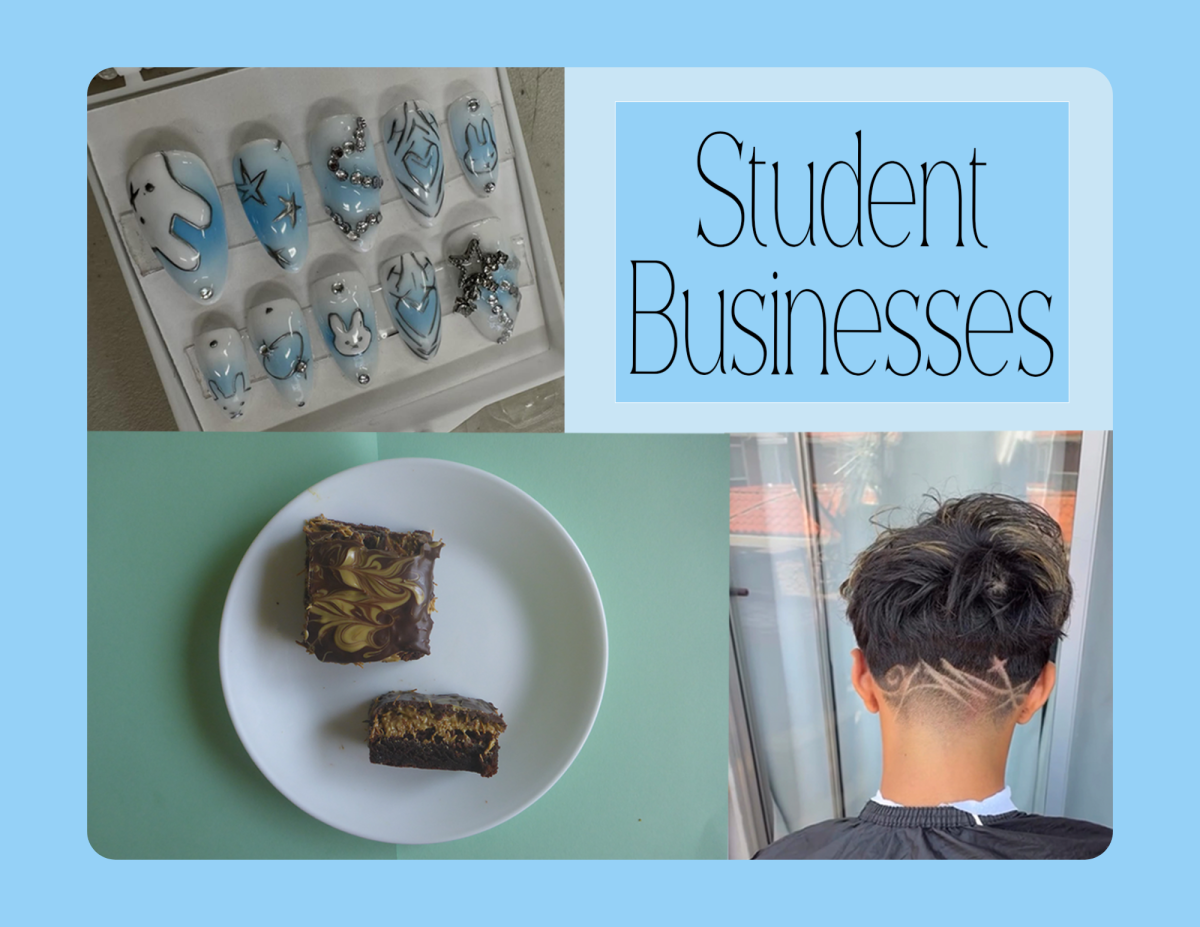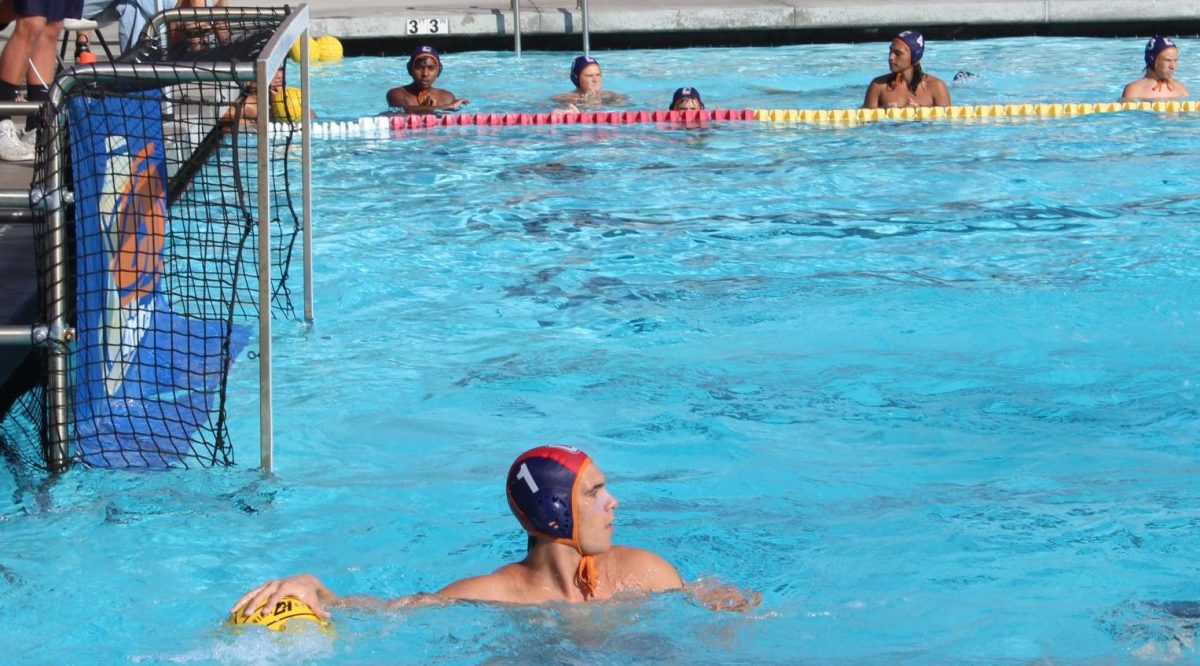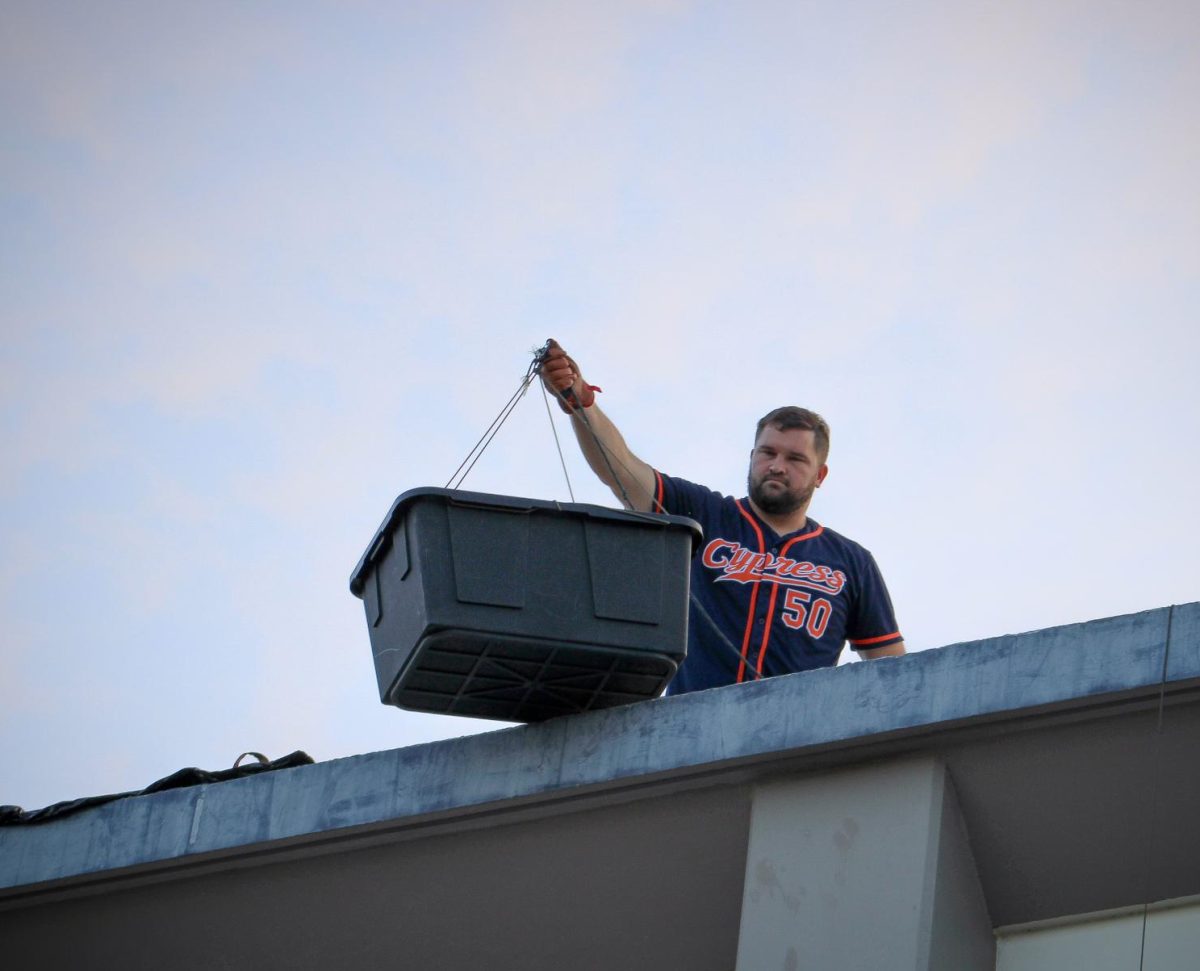Students taking physics went out to the main gym to see if the contraption they had been working on for a week would save an egg from a 10-foot drop; around 70% of the eggs survived.

The egg drop project revolves around the concept of momentum and impulse in physics, with a focus on reducing the force experienced by an object by increasing the time it takes to bring it to a stop. Like a car crash, the vehicle absorbs and dissipates the impact before affecting the passengers. This project involves both decision-making and enjoyable collaboration aspects, allowing students to experiment with dropping objects off the roof. It’s similar to a car crash because the car’s structural design and safety features absorb the impact before passengers are affected. Students are tasked with designing contraptions to protect the egg. Physics teacher Mr. Gartner emphasizes that the key to success in this project is thorough testing. He notes, “I can tell exactly when someone will fail, it’s because they didn’t test it out.”
After a week of working on the module everyone was excited to drop and see if their egg survived. Gartner started the day in zero period by hoisting up a large bucket containing all the contraptions that were made. Unfortunately with the extensive amount of devices left in the box, he ended up dropping the box from the roof all at once. Three eggs were broken in the initial drop, resulting in the broken eggs being switched out with new eggs. Gartner pulled the box up successfully and started dropping people’s projects. The first two were broken. Gartner asked which way to drop a student’s box and as they mumbled a response, dropped the design. Students rushed to see if it survived–the sound wasn’t promising, they opened the box to find the egg left untouched. The sounds of students rejoicing echoed throughout the main gym.

Physics student teacher–Ms. Lizardo shared her experience so far with working with this year’s students. Lizardo said, “I did something similar as a student in high school–which did not involve an egg dropping, but it did involve an egg slamming into a brick wall.” Apart from Lizardo’s own experience, she has noticed that out of all the projects that were made, there’s a consistent pattern that is visible. Many students used a contraption that the well-known science YouTuber–Mark Rober shared online. The contraption consists of straws plastered around the exterior. Once the device is dropped, the straws would act as a type of “paddling” that would break the fall, transferring all the tension from the fall to the other end of the straw rather than the egg itself. With the help of outside sources, students were able to produce a design that would work the best. While some students used the internet for some assistance, some made their design completely based on what they think works best. Lizardo describes that students who did build their contraption–in this case with the use of a box, had to make sure that the egg was secure enough for the egg to move around but not enough for the egg to move around too much resulting in the egg breaking.
The idea of the infamous physics egg drop has helped physics students in Cypress understand the many complex aspects that are used in the class.



































